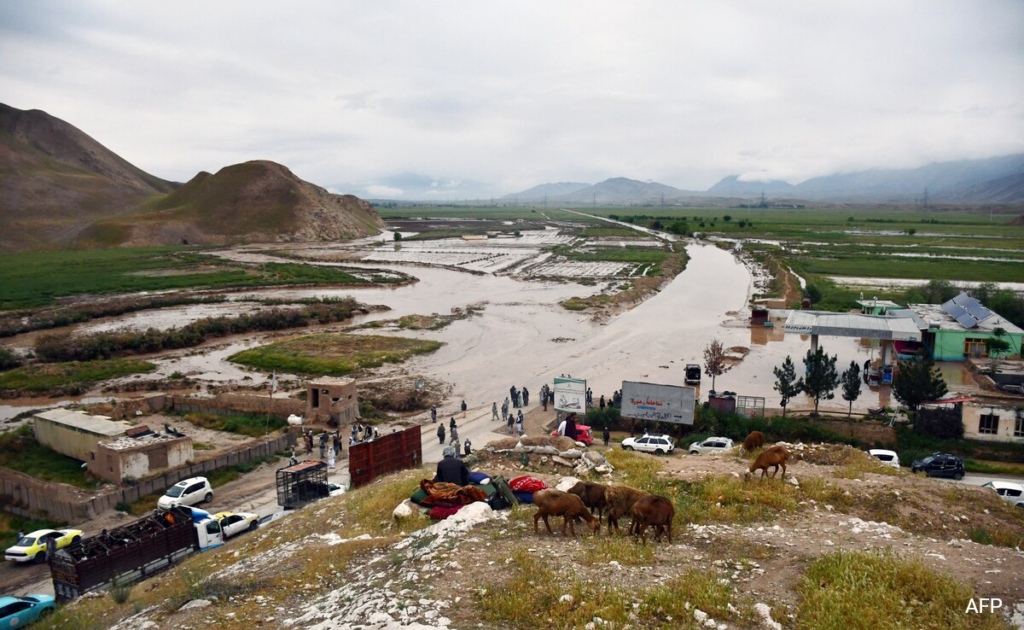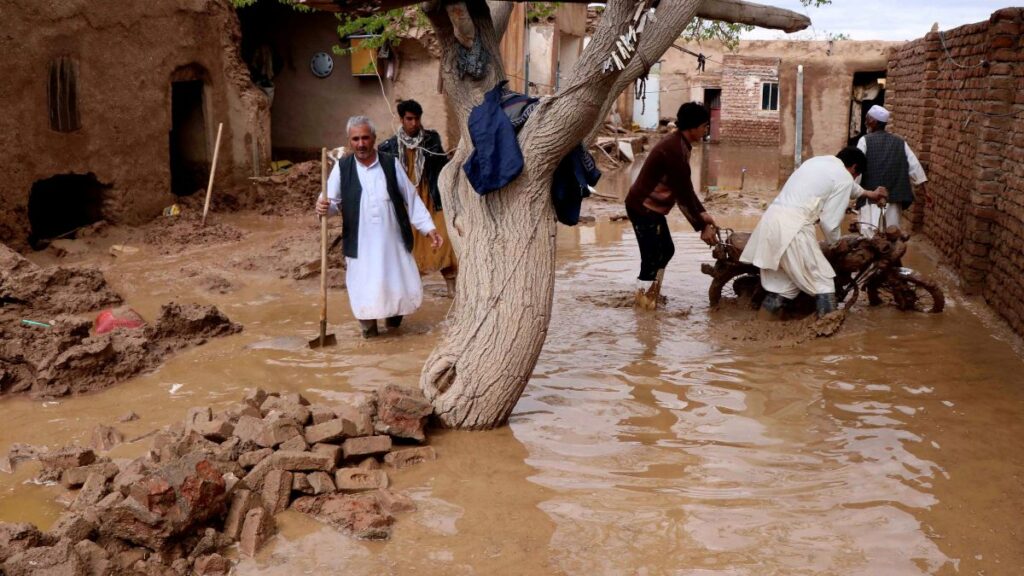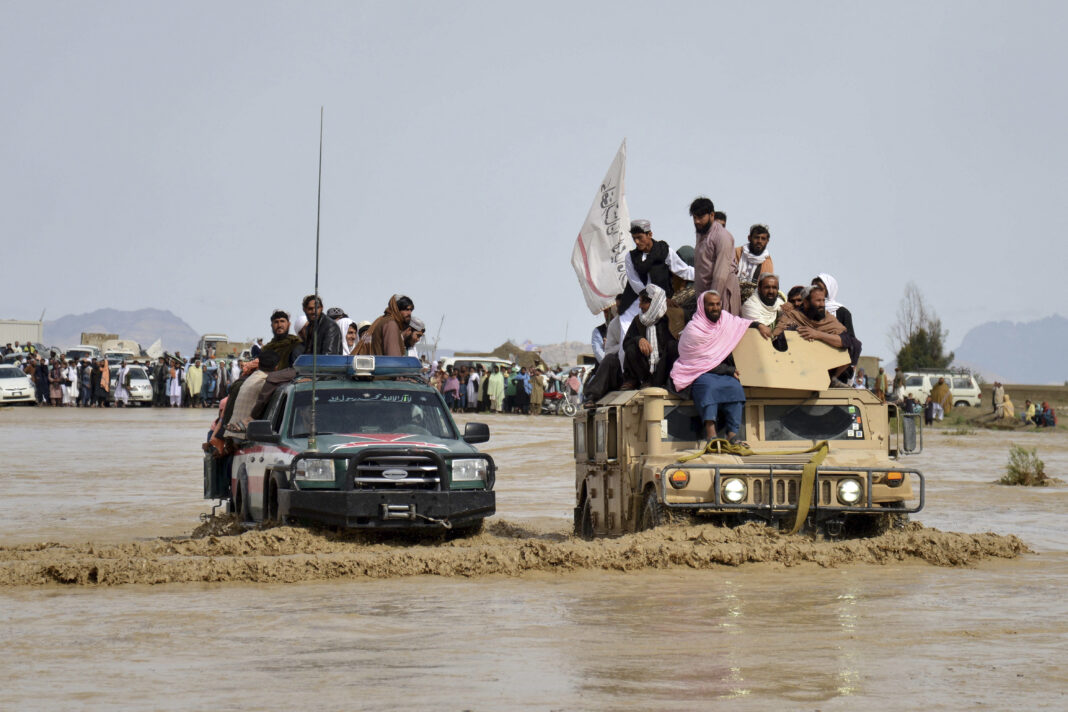Afghanistan is reeling from the aftermath of catastrophic flash floods that swept through the north of the country. The United Nations (UN) has reported over 300 fatalities, with the Taliban government declaring a state of emergency as rescue and recovery efforts get underway.

A Perfect Storm of Devastation
Torrential rains triggered the flash floods, causing rivers to overflow and unleashing mudslides that ripped through villages and agricultural land across several northern provinces. Baghlan province appears to be the epicenter of the disaster, with estimates suggesting over 300 people have lost their lives and thousands of homes are either destroyed or severely damaged.
The International Organization for Migration (IOM), a UN agency, reported that in Baghlan Jadid alone, over 1,500 homes were either damaged or completely destroyed, claiming the lives of more than 100 residents. These figures are likely to rise as search and rescue efforts continue.
Mounting Casualties and Urgent Needs
The Taliban government has acknowledged the severity of the disaster, with spokesperson Zabihullah Mujahid confirming hundreds of casualties. Emergency personnel are deployed to rescue those stranded in floodwaters and assess the full extent of the damage across affected regions.
The humanitarian crisis is immense. The World Food Programme (WFP) is distributing emergency food aid to survivors, including fortified biscuits, to address immediate hunger needs. However, the scale of the devastation demands a wider response.

Beyond the Loss of Life: Infrastructure Damage and Health Concerns
The floods haven’t just inflicted human casualties; they have caused significant financial losses for residents. Critical infrastructure like roads, bridges, and irrigation systems have been damaged, disrupting essential services and livelihoods. The World Health Organization (WHO) is particularly concerned about the severe disruption to transportation, water, and waste systems. This raises serious concerns about sanitation and potential outbreaks of waterborne diseases.
A Race Against Time: Search and Rescue Efforts
Many people remain unaccounted for, highlighting the ongoing search and rescue efforts. Flooding can leave pockets of survivors isolated and in need of urgent assistance. Helicopters and heavy machinery are crucial in reaching these areas, and international support for these crucial rescue missions is vital.
A Nation Already Strained: Rebuilding Requires Global Support
The impact of these floods compounds the existing challenges Afghanistan faces. Decades of conflict have left the country with a fragile infrastructure and a vulnerable population. The Taliban government, still finding its footing after taking power last year, is now grappling with a large-scale humanitarian crisis.
The Path to Recovery
The immediate focus is on search and rescue operations, providing emergency food and shelter, and preventing further outbreaks of disease. However, the long-term needs are equally significant. Rebuilding destroyed homes and infrastructure will require substantial financial resources and expertise.
The international community will play a critical role in supporting Afghanistan’s recovery. Providing vital humanitarian aid, along with assistance in rebuilding infrastructure and strengthening disaster preparedness, will be crucial.

Climate Change Concerns and the Future
Flooding is a recurring threat in Afghanistan, and experts warn that climate change is likely to exacerbate these risks. Investing in early warning systems, improved flood defenses, and promoting climate-resilient agriculture can help mitigate the impact of future natural disasters.
A Call for Solidarity
The people of Afghanistan are facing a devastating situation. The international community must come together to support them in this time of need. Delivering immediate life-saving aid, assisting in the long-term recovery effort, and investing in measures to prevent future tragedies are all essential steps toward a brighter future for Afghanistan.
Additional Information:
- This article provides a general overview of the situation in Afghanistan. Specific casualty figures may vary as information becomes more concrete.
- Links to reputable organizations like the UN, WHO, and WFP can be included to allow readers to learn more and potentially donate to relief efforts.





